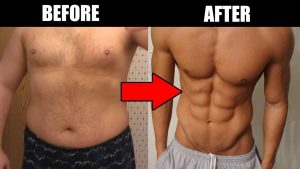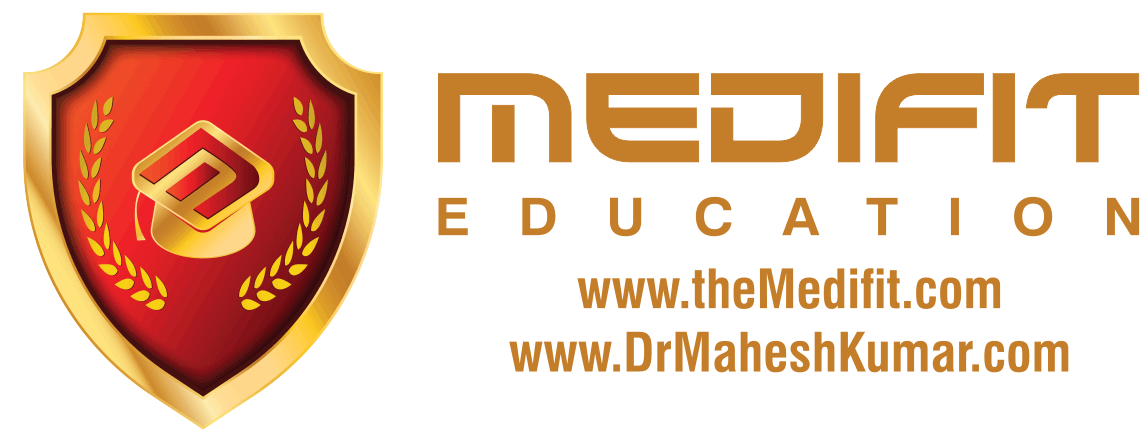Intracytoplasmic sperm injection, or ICSI, is a form of in vitro fertilization in which fertilization occurs outside of the body. First, egg cells are harvested and transferred to a special media in a laboratory dish. Within a few hours, a single sperm is injected through a fine needle into the center of an egg cell to aid in the process of fertilization. If successful, the cell will divide and form the beginning stages of an embryo. If necessary, the DNA of a single cell from an embryo may be checked to ensure that various genetic disorders are not present. Typically, several egg cells are harvested and fertilized at the same time then inserted back into the uterus to increase the chances that one will implant and develop into a successful pregnancy. Intracytoplasmic sperm injection (ICSI) is an in vitro fertilization (IVF) procedure in which a single sperm is injected directly into an egg. Defective sperm function remains the single most important cause of human infertility. Although certain severe forms of male infertility have a genetic origin, others may be the result of environmental factors. During the past decade, ICSI has been applied increasingly around the world to alleviate problems of severe male infertility in human patients who either could not be assisted by conventional IVF procedures or could not be accepted for IVF because too few motile and morphologically normal sperm were present in the ejaculate of the male partner. Indications: This procedure is most commonly used to overcome male infertility problems, although it may also be used where eggs cannot easily be penetrated by sperm, and occasionally in addition to sperm donation. It can be used in teratozoospermia, because once the egg is fertilized, abnormal sperm morphology does not appear to influence blastocyst development or blastocyst morphology. Even with severe teratozoospermia, microscopy can still detect the few sperm cells that have a “normal” morphology, allowing for optimal success rate. Procedure: ICSI is generally performed following a transvaginal oocyte retrieval procedure to extract one to several oocytes from a woman. In ICSI IVF, the male partner or a donor needs to provide a sperm sample on the same day when your eggs are collected. The sample will be checked in the lab, and If there is no sperm in his semen, doctors will extract sperm from epididymis or testicle. The extraction of sperm from epididymis is also known as percutaneous epididymal sperm aspiration (PESA) and extraction of sperm from testicle is also known as testicular sperm aspiration (TESA). The procedure is done under a microscope using multiple micromanipulation devices (micromanipulator, microinjectors and micropipettes). A holding pipette stabilizes the mature oocyte with gentle suction applied by a microinjector. From the opposite side a thin, hollow glass micropipette is used to collect a single sperm, having immobilised it by cutting its tail with the point of the micropipette. The oocyte is pierced through the oolemma and directed to the inner part of the oocyte (cytoplasm). The sperm is then released into the oocyte. The pictured oocyte has an extruded polar body at about 12 o’clock indicating its maturity. The polar body is positioned at the 12 or 6 o’clock position, to ensure that the inserted micropipette does not disrupt the spindle inside the egg. After the procedure, the oocyte will be placed into cell culture and checked on the following day for signs of fertilization. In contrast, in natural fertilization sperm compete and when the first sperm penetrates the oolemma, the oolemma hardens to block the entry of any other sperm. Concern has been raised that in ICSI this sperm selection process is bypassed and the sperm is selected by the embryologist without any specific testing. However, in 2006 the FDA cleared a device that allows embryologists to select mature sperm for ICSI based on sperm binding to hyaluronan, the main constituent of the gel layer (cumulus oophorus) surrounding the oocyte. The device provides microscopic droplets of hyaluronan hydrogel attached to culture dish. The embryologist places the prepared sperm on the microdot, selects and captures sperm that bind to the dot. Basic research on the maturation of sperm shows that hyaluronan-binding sperm are more mature and show fewer DNA strand breaks and significantly lower levels of aneuploidy than the sperm population from which they were selected. A brand name for one such sperm selection device is PICSI. A recent clinical trial showed a sharp reduction in miscarriage with embryos derived from PICSI sperm selection. ‘Washed’ or ‘unwashed’ sperm may be used in the process. Live birth rate are significantly higher with progesterone to assist implantation in ICSI cycles.
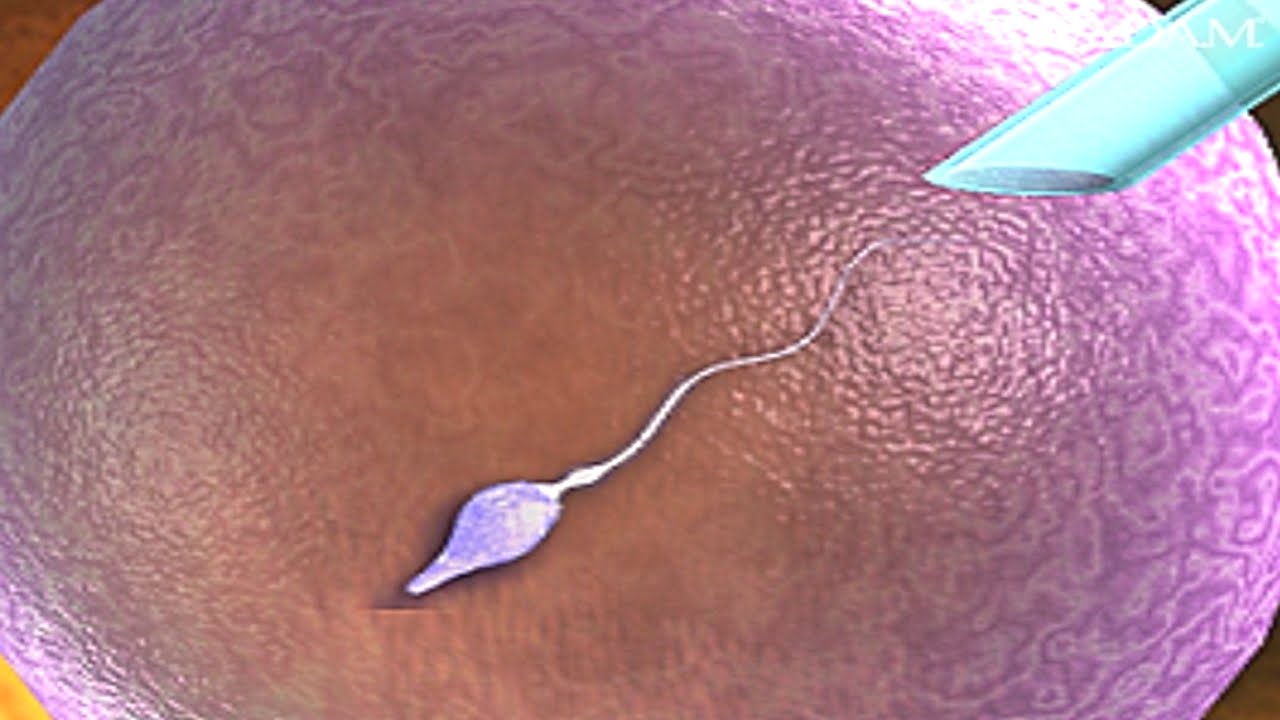
How Does Intracytoplasmic Sperm Injection Work? ICSI IVF Procedure for Pregnancy Animation Video
- Post author:
- Post published:May 25, 2021
- Post comments:0 Comments
You Might Also Like

How to Do an Incline Dumbbell Fly | Chest Workout

Waveform 11 free – Making Future Bass Track || Mayday remix breakdown || Free DAW and free plugins

Flat Bench Press Dumbbell-5
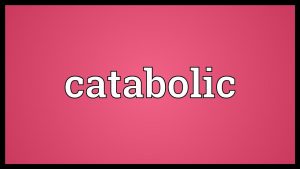
Catabolic Meaning
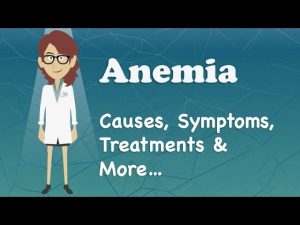
Anemia – Causes, Symptoms, Treatments & More…
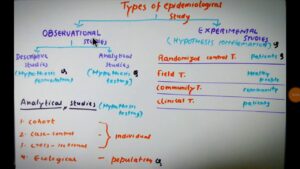
Epidemiology Video – 2
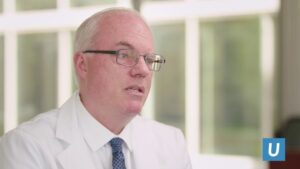
General Surgery Video – 1
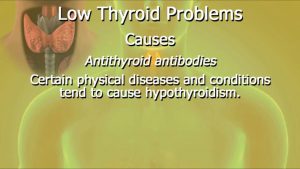
Low Thyroid Problems
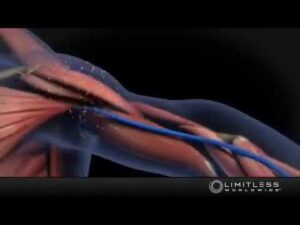
THRIVE hGH Human Growth Hormone
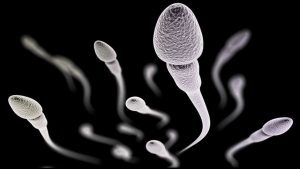
Surprising research … The number of sperm is decreasing.

FAQ 10: How Much Time Should We Rest Between Workout Sets? | Health & Fitness

Bodybuilding Video – 4
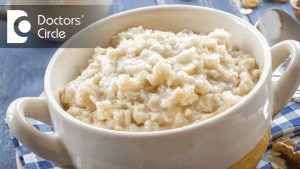
What should one have during severe Diarrhea? – Ms. Sushma Jaiswal
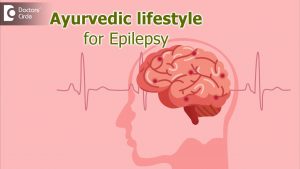
Ayurvedic lifestyle to deal Epilepsy | – Dr. Advait Kulkarni | Doctors’ Circle
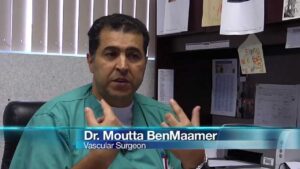
Vascular Surgery Video – 3

Mass Building Chest Workout with Connor Murphy

Dr. Berg Recommended Supplements for Intermittent Fasting
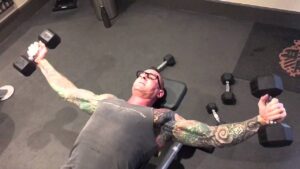
Proper Form For Dumbbell Flyes
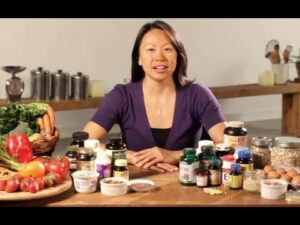
What Is Vitamin B12? | Vitamins
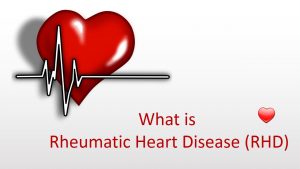
What is Rheumatic Heart Disease (RHD)
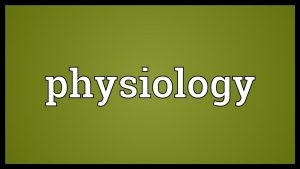
Physiology Meaning

Glucagon and its Functions

STOP HAIR FALL in 7 days | MEN’S FASHION TAMIL
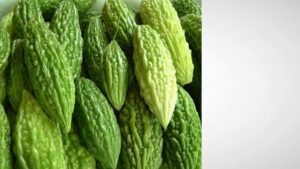
6 Kinds Of Vegetable That Increase Risk Of Miscarriage

Psychiatry Video – 2
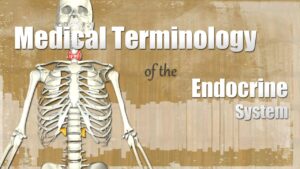
Medical Terminology of the Endocrine System
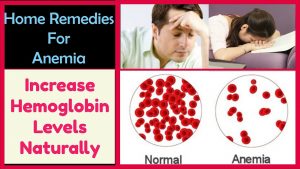
Home Remedies To Cure ANEMIA Fast – Treat Iron Deficiency Anemia Naturally | Best Foods For Anemia

Top 3 Exercises to Build Rear Delts, Rhomboids, & Middle Traps
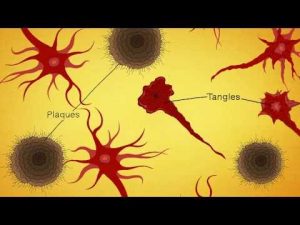
What Is Alzheimer’s Disease?

High Pulley Overhead Tricep Extension (rope extension)

Basketball Video – 4

Massage Spa Video – 3

Nephrology Video – 1

Anabolic Steroids – History, Definition, Use & Abuse Video – 20

Arginine and Proline Catabolism 1
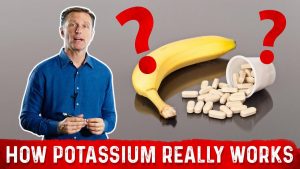
Potassium, Muscle Strength, and Exercise Endurance

Latissimus Dorsi Bent Over Row-9
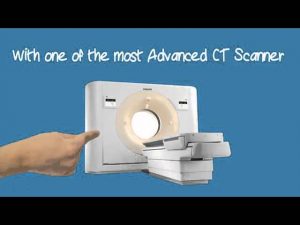
CT Angiography at Saifee Hospital Mumbai
![Read more about the article Pantoprazole; Errors, Side Effects, & What to Do [Doctor Interview]](https://videos.drmaheshkumar.com/wp-content/uploads/2021/05/Pantoprazole-Errors-Side-Effects-What-to-Do-Doctor-Interview-1-300x225.jpg)
Pantoprazole; Errors, Side Effects, & What to Do [Doctor Interview]

Learning Disability Video – 2
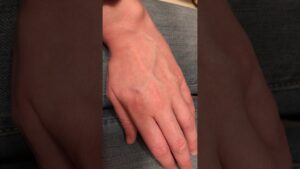
Blood Pooling in Hand
